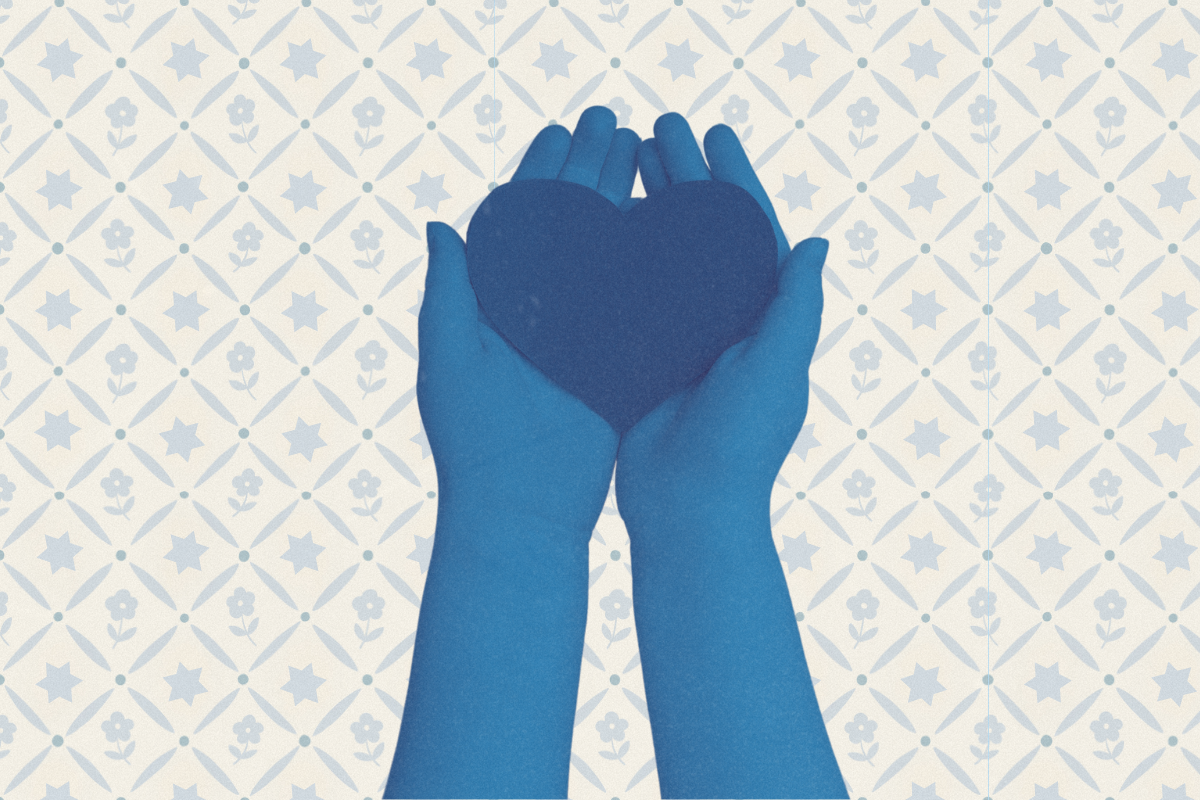We often think of fads when it comes to styles of clothing or hair that were only popular for a certain period of time—straight and feathered (I am an 80s girl) or up in a bun that starts right above your eyebrows (looking at you, kids of 2015). I sometimes think we view disabilities or learning styles the same way.
When I was in elementary school, I remember two girls came into our class occasionally, but spent most of their time in the room down the hall the rest of us didn’t get to see. They were referred to as “mentally retarded” and definitely had significant intellectual and adaptive disabilities. I am not sure where those children went in middle school, but some of them showed back up in high school and working around town.
That is all I knew about disabilities growing up—there wasn’t much in between or what we now refer to as “special needs.” You were either “retarded” or you were not. By late middle school, about 5% (my guess) of the kids in general education were failing, and they started to dye their hair weird colors and wear mohawks (I said it was the 80s…) and by sophomore year of high school, most of them had dropped out.
Looking back, I now wonder if they had difficulty paying attention. Were they reading letters backwards without knowing it? Was it a challenge to put in writing what was going on in their brains? I will never know, and to be quite honest, back then no one probably cared anyway.
Fast forward a few decades down the road and my own child starts exhibiting some interesting and very atypical behaviors. I hear words like lazy, distracted, and unmotivated, but I can’t make that work with what I know of this child’s personality. The school administration is rather unbelieving as they repeatedly tell me he can and should be producing better work; a new pencil grip and sticker chart and we should be all set! Luckily I have my BFF, Google, and a team of excellent physicians to help.
Now we know this child has quite a list of both significant learning and neurological issues. A decade later (I am really aging as I write this), I can say the newest style of disability is invisible.
What does that even mean? An invisible disability? It means, at least to me, that a person can look totally normal, converse in a typical fashion, but have severe disabilities. It means that when schools and other professionals meet my kid for a few minutes, they always exclaim, “He is so much better than what we were expecting!” I understand that on paper, he can look very different than in person. I did not know, however, how that would affect his (and my) life.
Invisible disabilities are not easily categorized. You can’t diagnose them with standard tests that have definitive results. You can’t see them easily with a glance, even though one might make an argument that if you spend the time doing your research and look closely enough, you actually can. Invisible disabilities are growing by leaps and bounds as more children are alive these days that were born prematurely or with severe birth defects that would not have been able to survive even a decade prior.
Who is the boy pacing in the back of the sanctuary at the synagogue? Why does this girl talk normally but make on odd movement with her neck and a duck sound periodically? Why can my son read so fluently but comprehend nothing? Why does that girl use the elevator at school that is reserved for disabled people, even though she’s not in a wheelchair? These people all have invisible disabilities—whether it’s significant ADHD, Tourette syndrome, congenital heart disease, or something else.
Personally I do not know what it is like to have an invisible disability, but I do know what it is like to be that child’s parent. Sometimes I feel invisible. Other times I feel judged. Or shamed. I remember one time when I was picking up my son at Hebrew school on a day where the windchill was well below zero. I chose to pull up to the circle closest to the door so my son did not have to walk in the wind. Immediately a man comes yelling at my window, “This circle is reserved for the elderly and disabled only. You need to move.”
I tried to explain but only got so far as opening my mouth before he yelled, “No exceptions, lady. MOVE.” No exceptions? How did he know I wasn’t disabled as I was sitting in my car? How do I explain that to my son, who was now heading toward my vehicle, has complex congenital heart disease and is unable to walk the distance from the door to the parking lot in these conditions? I am not proud to admit I quickly drove away. Because sometimes when you have an invisible disability (or are the mom of said individual) you just get sick and tired of explaining it to everyone all the time.
But you always remember those places or individuals who were kind when they did not have to be. People often ask me what adaptations my son needs, and what I have come to realize that what he needs most is human kindness.
These are our new challenges. Not only for schools or other educational settings, but for communities, sports teams, religious organizations, families, and so on. When organizations want to be “fully inclusive,” they need to do so in a way that goes beyond just “tolerating” those people being there, but by being welcoming and saying we want you here, so whatever we need to do to ensure you can join us, we will do.
Disability awareness and inclusion are not easy. Society is far better at being inclusive of things that do not make us uncomfortable and things we easily understand. So where do we go from here? Are we going to realize that often times there is so much more going on than we can tell or judge at a glance? It’s time to realize that these invisible disabilities may be our biggest challenge yet.
Read More:
I’m Tired of People Telling Me I Don’t ‘Look Sick’ Because I Am
The First Lines of Dolls with Disabilities is Finally Here
Six Ways to Help Kids Interact with People with Disabilities







